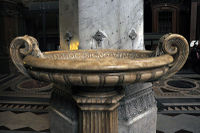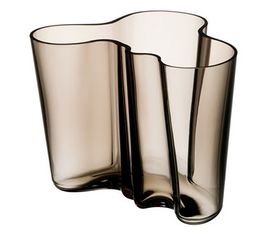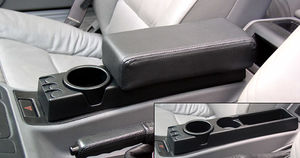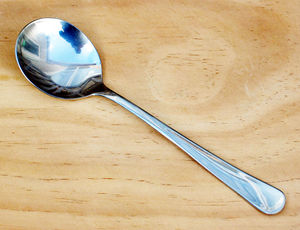User:Fishalishalish/Spittoon
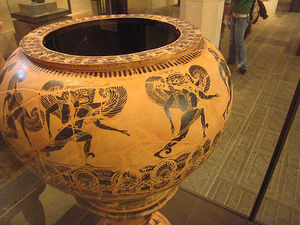
A spittoon, colloquially referred to as a "spa'oon" in some cultures, is a concave-shaped mechanical device designed for the retainment of spit. Spit, which is generally spat towards a hole located in the apex of the concave-shaped concavity, is thereupon contained by it. The act of doing so is called “spittooning”. Though it is primarily used for spittooning, it may also be used for other such uses such as tossing salads, or as a durable helmet in times of desperation, and it also has many uses. Spit spat into a spittoon is likewise referred to as “spittoon”, due to lack of a better word, and the resulting liquid waste that is dumped out of it is then referred to as “spittooned”, similar to the difference between the terms “meteoroid” and “meteoreoided”. This has become a major source of confusion for people who don‘t understand.
Name and origins
Spitting, being among the most fundamental of human bodily functions, is purported to have existed since pre-evolutionary times and can still be observed in many mammals today. Along with the development of the spitting reflex, however, came the need to collect it. One of the earliest cultures to take advantage of advanced pottery-making technology were the ancient Egyptians, who were a notably advanced culture that also, interestingly enough, didn’t speak English. Their lack of an understandable language, however, was compensated by their notable technological advancements including, among others, the spittoon, the peanut, and the Q-tip.
Name and origins
Name and origins
Though similar vessels of all sorts have existed throughout history and been called many things, it was not until the Victorian age that the word “spittoon” came into common usage. The origin of the term is often pointed to British inventor Francis Schmitton, who, in 1846, became the first large-scale manufacturer of concave-shaped mechanical devices for the containment of liquid mouth-waste. These receptacles were cheaply made, easy to transport, and thus distributed widely across the British isles. As each one was stamped with the “Schmitton” logo, common people slowly began referring to them as “Schpittons”, then eventually the more modern term “Spittoon”.
Religious usage
Ceremonial spittoons (sometimes referred to as “stoups”, from the italian "stoupini") have been common fixtures in many catholic churches since the 1300s. They are often placed near the entrances of a church, this tradition originating from a time when serfs, after having worked in dusty fields all day, would be allowed to cleanse their mouths before entering for prayer. Though the vast majority of serfs were undoubtedly doomed to an eternity in hell due to irreparable poorness, the nobility often found it was their duty to turn them to the light of God anyways, as they would be forced to kill them otherwise. Most catholics practice this even today, the more tourist-prone churches even opening up spittoon use to non-Christians alike.
In addition to this, large communal spittoons may appear nearer to the alters of many Christian institutions. Though ancient mysterious records show that these were originally used for baby-washing, nowadays these spittoons are most often used when taking communion. This is necessary because while wine is an integral part of the ceremony, drunkenness is considered sinful, which is ironic, however, understandable as irony is considered to be among the holiest forms of hypocrisy. Often, if no spittoon is available, a taker of communion may simply spit back into the cup they drank from. This practice, known as "communion-washing", was fairly commonplace until aids was invented.
Prominence in the United States
Like the jukebox, by the 1850s, spittoons became a common feature in saloons and brothels all across the southwestern United States . Cowboys and greasers of all walks of life would gather at these institutions where they would partake in such old-timey recreations as drinking, gambling, and lewd dancing. It was also during this time that rambling soda jerks began to find consistent work and milkshake-induced brain freeze became the culprit of many of the most violent, if not entertaining shootouts in the history of the West. One thing that became an poignant issue, however, was the increasing habit of saloon-goers to spit directly onto the hardwood floors of these facilities causing great potential for slippage. Initially managers attempted to quell the danger by simply requesting that the patrons “not spit everywhere” but spitting was undoubtedly necessary for cowboys due to the high proportion of chewing tobacco and dirt in their diets at the time. After the invention of the mop proved not helpful at all, the Schmitton corporation decided to capitalize. Following a heavily-televised advertising campaign in 1852, American saloon owners tired of the hassle and strain of mopping up their tobacco and spit-stained floors adopted the imported technology with great enthusiasm.
Soon spittoons became an omnipresent feature of the industrialized United States and lead to many domestic imitators. Tiffany & Co. of New York was one of the first such companies. Instead of aiming to mass produce however, they chose to focus on quality rather than quantity. By the 1870s, Tiffany's high-quality hand-crafted designs became the preferable option for many of New York's urban wealthy and a majority of these items continue to sell for tens of thousands of dollars even today. One thing that experts like to point out on these pieces is the lack of noticeable wear-and-tear. Though Tiffany & Co. spittoons were used over and over throughout the decades, high quality materials allow them to appear almost as good as new. Borrowing from Chinese pottery traditions, in the 1890s porcelain was incorporated into many designs, not only providing for some beautifully-crafted spittoons, but also acting to provide a slicker, rust-proof surface. Additionally, the use of silver gilding proved effective as well as silver, when treated with the proper pagan rituals, is one of the least corrosive of decorative metals.
Spittoon in modern times
Throughout the early half of the 20th century, the industry of decorative spittoons, spittoons that not only had real material value but aesthetic value as well, had been well established. By the 1960s however, growing trends in interior design ushered in new more conceptual designs that emphasized convenience as well as aesthetics. Plastic spittoons, designed with a narrow opening and handle for easy pouring, started appearing in the kitchens of many households across Western Europe and the United States. Small glass spittoons began appearing on coffee tables as well.
By the late 60s, upscale European design firms the likes of IKEA and Himmelb(l)au entered the industry. In 1969, a spittoon designed by Himmelb(l)au became the first spittoon to appear in space when it was launched with NASA's Apollo 11 mission. Consequently, Apollo 11 became the first successful manned mission to the moon.
(wtf?)
